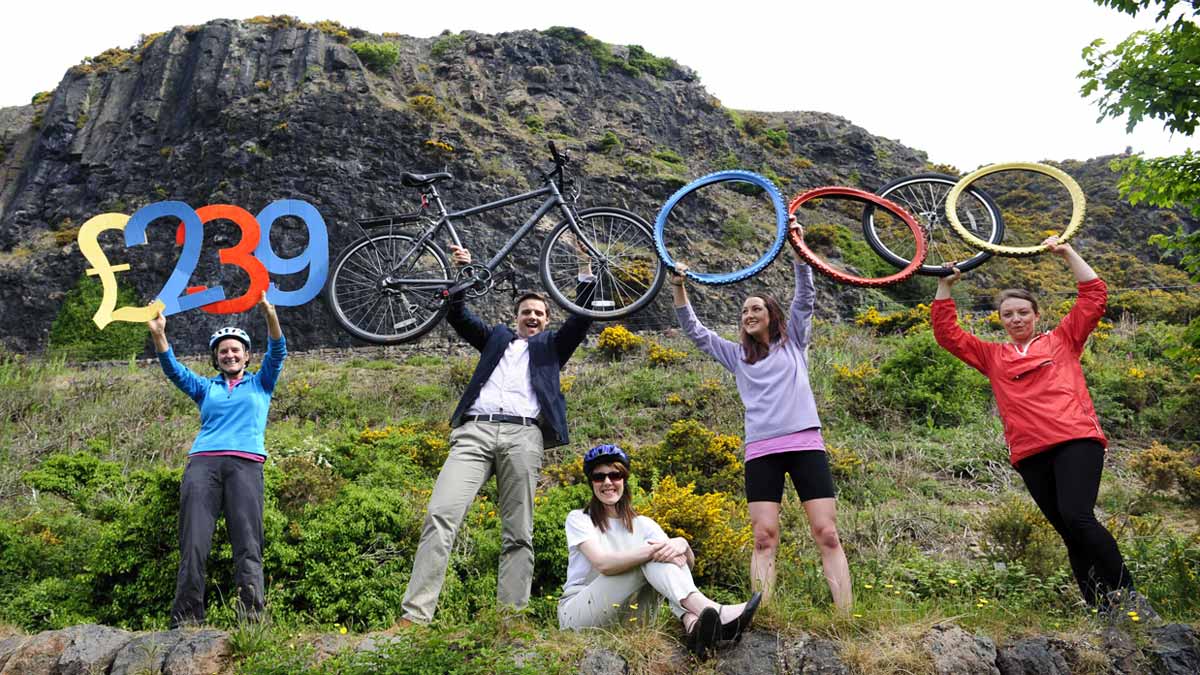SCOTLAND is increasingly becoming a place where people come to improve their health and wellbeing.
The tourism sector is responding to a major global shift away from experiential tourism to transformational tourism. Chris Greenwood, senior tourism insight manager at Visit Scotland, says: “People are leading such busy lives that their leisure time is valued by them and so it has to have meaning.
“About 11 percent of visits and 14 percent of spending would be from a primary wellness traveler. They’re going to ashrams and wellness centers and eco spas – that kind of direct wellness holiday.”
That increase for Scotland is part of a worldwide trend: “Globally wellness tourism grew from $563bn in 2016 to $639bn in 2017, so it’s growing exponentially,” he says, citing figures from the Global Wellness Institute backed up by the United Nations World Tourism Organisation. Part of Visit Scotland’s strategy to promote tourism to the country is now focused in this area. It features a Wellness Itinerary and has a whole section of its online work focused on Wellness Breaks.
This has sections on Mind, featuring retreats, museums, and galleries and spas; Body, with the content on the outdoors and relaxing practices from massage to forest bathing; and Spirit, with historic attractions, walking and ‘escapes’. Greenwood says this is not just about promotion:
Are wellness providers able to work with local artisans, local fruit producers, and be able to develop those networks to create a micro economy
Chris Greenwood, VisitScotland
“It’s more of an alignment of the existing tourism product towards this movement that is happening within the consumer and the visitor.
“Scotland is very well placed to be able to capitalize on promoting wellness as part of its overall offering. Because Visit Scotland sells Scotland to the world, it’s getting that alignment that can then attract people here, and they can find out about the direct wellness offers from the individual providers, or it’s just about engaging with the natural environment and the heritage and culture that we’ve got.
“What we found was that the key market for wellness travelers align with the core markets of Scotland, so we’ve got that advantage as well. “It’s North America and Europe, particularly the Germans and the French, and in North America, it’s the US. Also, the emerging markets China and India, they all fall into the key markets that Visit Scotland is targeting. That’s before you get on to the domestic market.”
There has been a 4.7 percent growth in wellness travel among visitors from the US, with the American traveler staying an average of nine nights, while from Germany there has been 6.2 percent growth in the wellness market, with them staying on average seven nights.
The primary wellness traveler from overseas, whose main reason for the visit is to attend a week-long yoga retreat or a weekend course, might extend the visit either side of the event to see more of Scotland.
Autor: KEN SYMON
